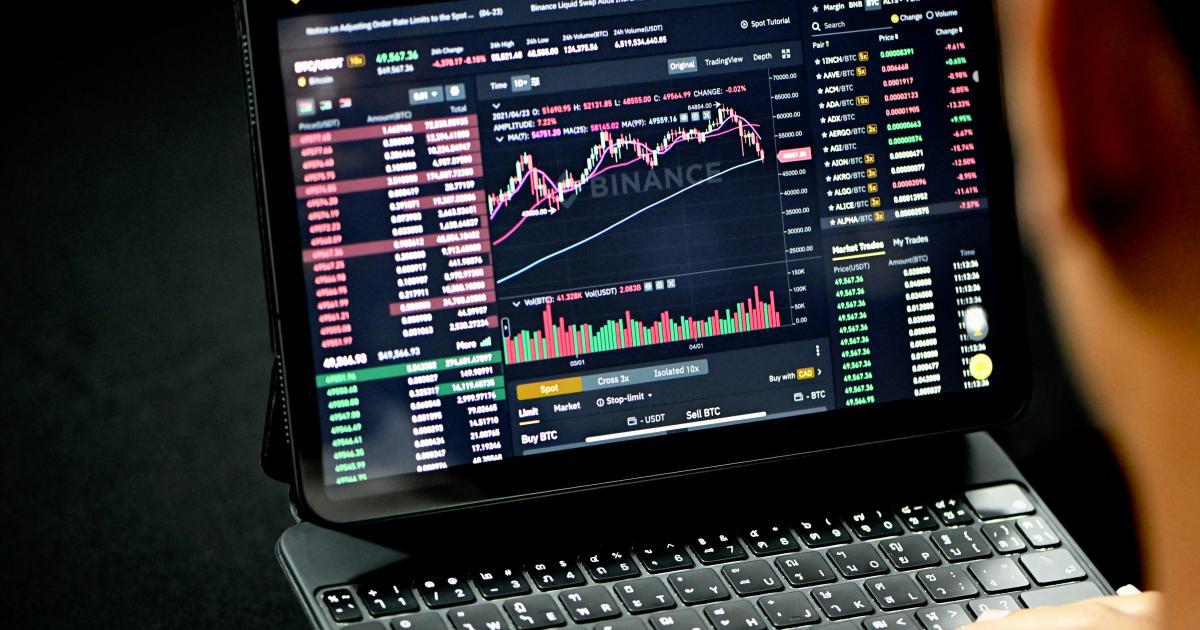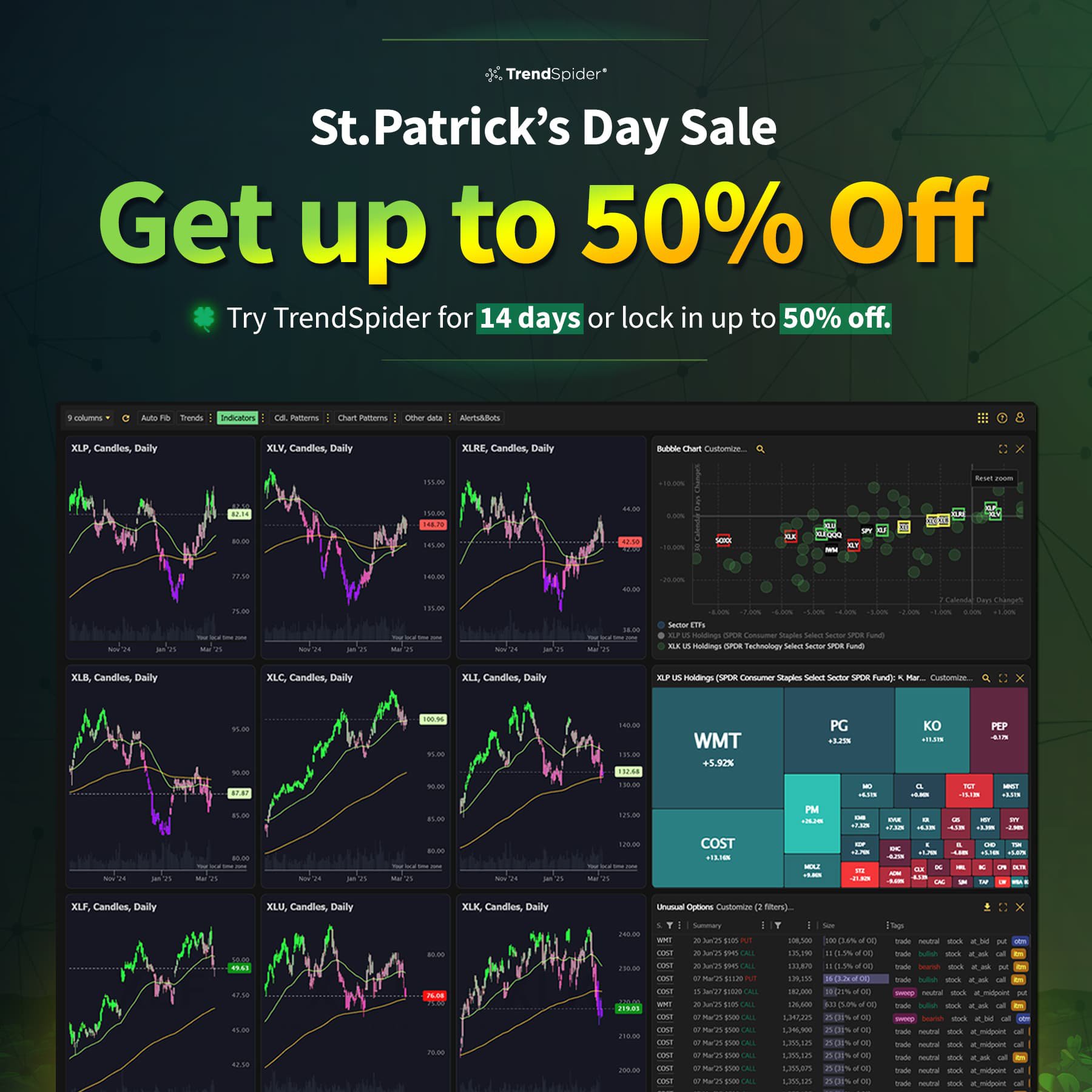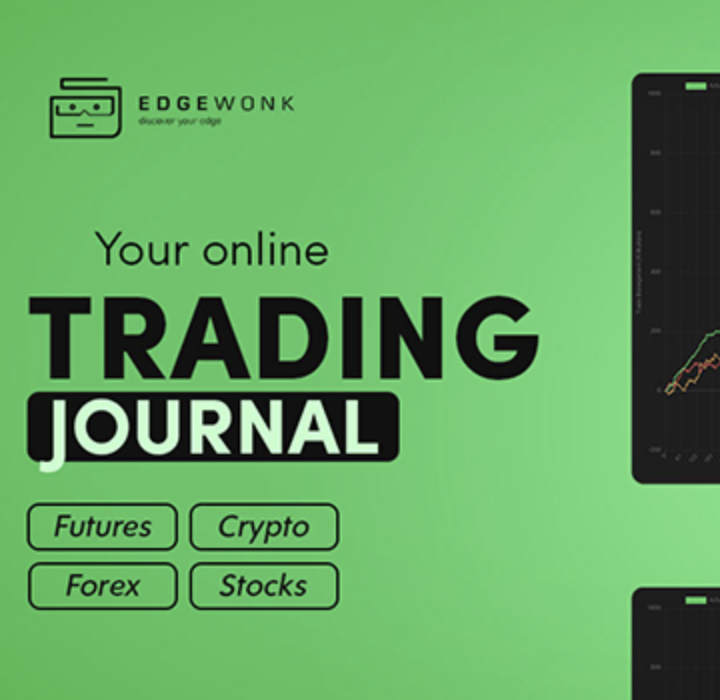MetaStock Realtime vs. End-of-Day Data: Which to Choose?

Introduction
The decision between MetaStock Realtime vs. End-of-Day Data is pivotal for traders, analysts, and investors who aim to optimize their trading strategies and decision-making processes. In an era where information dissemination is as critical as the information itself, selecting an appropriate data feed system can mean the difference between success and missed opportunities. This article offers a comprehensive analysis of two key data configurations: realtime data delivered by MetaStock and traditional end-of-day data, examining their operational mechanisms, benefits, challenges, and how each impacts trading strategies.
This detailed comparison will address multiple criteria, including speed, accuracy, cost-effectiveness, usability, and integration capabilities, ensuring a balanced perspective that caters to both novice and experienced traders. As we explore this comparison, the keyword metastock realtime vs. end-of-day data is integrated naturally throughout our insights and discussions.
Overview of Subjects
Before diving deep into the comparative analysis, it is essential to understand what each subject embodies.
MetaStock Realtime Data
MetaStock Realtime Data provides live market updates, enabling traders to receive near-instantaneous information as market conditions shift. This service is designed for those who rely on immediate reactions to price movements, news events, and market triggers. The key characteristics include:
- Immediate Trade Execution: With live data streaming in, traders can execute strategies based on current market conditions.
- High Subscription Costs: Typically, these data feeds command a premium price, which may be justified by the benefits of timely decision-making.
- Technical Infrastructure: Often requires robust internet connections, advanced trading software, and compatible hardware.
- Use Case: Best suited for day traders, scalpers, and high-frequency trading professionals who operate in volatile market environments.
End-of-Day Data
End-of-day (EOD) data delivers a snapshot of the market state at the close of each trading day. Unlike realtime data, it offers a historical perspective that many investors find useful for analyzing trends and formulating long-term strategies. Specific features include:
- Delayed Information: Data is aggregated and validated at the market close, which simplifies the analysis of historical trends.
- Cost-Effectiveness: Generally, EOD data services are more affordable than realtime alternatives, making them accessible for a broader audience.
- Simplicity and Stability: Less technical infrastructure is needed since the data is non-volatile and does not require elaborate streaming systems.
- Use Case: Ideal for swing traders, portfolio managers, and researchers focusing on a longer-term approach with a reduced need for real-time market responsiveness.

Comparison Criteria
This comparative analysis is structured around several key criteria. The following sections break down each factor, evaluating how MetaStock Realtime Data and End-of-Day Data cater to these needs.
Criterion 1: Speed and Timeliness
Speed is one of the most critical parameters in trading, especially in high volatility markets.
MetaStock Realtime Data
MetaStock's realtime data is designed to offer ultra-low latencies and continuous live feeds. The benefits include:
- Immediate Market Updates: Prices, news, and trading volumes are relayed instantly.
- Fast Order Execution: Traders can take advantage of small price movements which would otherwise be lost due to delays.
- System Dependency: Requires robust and reliable infrastructure, as any network or server downtime can be detrimental.
- User Experience: Traders accustomed to fast-paced markets enjoy the dynamic responsiveness of realtime data.
End-of-Day Data
EOD data, by contrast, is updated once after the market closes, meaning:
- Delayed Insight: While this delay might be seen as a drawback, it offers a cleaned and aggregated data set free from momentary fluctuations.
- Strategic Overview: Ideal for strategies that rely on technical indicators developed from historical data, such as moving averages or relative strength indexes.
- System Advantages: Does not rely on high-speed internet or specialized hardware, making it accessible to investors with basic technological setups.
- User Experience: Provides clarity through condensed, summary data that aids in long-term trend analysis and strategy planning.
Criterion 2: Accuracy and Reliability
Accurate data is indispensable when making trading decisions. Any errors or discrepancies can lead to significant losses.
MetaStock Realtime Data
- Data Precision: Realtime data demands high precision. MetaStock employs advanced error-checking and low-latency feeds that ensure data is accurate and up-to-date.
- Susceptibility to Noise: Due to rapid updates, realtime feeds can sometimes introduce data noise, where trivial fluctuations may complicate the analysis.
- Error Resolution: Advanced algorithms are used for filtering out errors, but even minor discrepancies can impact high-frequency strategies.
- Examples: Traders who rely on algorithmic trading systems benefit from the near-perfect synchronization between market events and order placement.
End-of-Day Data
- Consolidated Accuracy: Since EOD data is collected post-market close, it undergoes thorough verification, reducing the chance of anomalies.
- Less Data Noise: The aggregated nature makes it easier to spot consistent trends rather than reacting to every transient blip.
- Reliability: Historical data is often used in backtesting trading strategies, and the reliability of EOD data supports more accurate simulations.
- Examples: Research studies, trend analysis and long-term forecasting benefit from the lower noise levels associated with end-of-day data.

Criterion 3: Cost Implications
Budget plays a significant role in trading strategy selection, weighing the benefits against the expense.
MetaStock Realtime Data
- Higher Cost: Realtime data services typically command higher fees due to the technology and infrastructure required.
- Subscription Models: Often billed on a monthly or annual basis, with costs scaling based on data volume and latency requirements.
- ROI Consideration: For traders who can exploit rapid market movements, this cost is justified by increased profitability.
- Cost-Benefit Analysis: While expensive, the potential for higher gains in volatile markets can offset the cost for certain trading strategies.
End-of-Day Data
- Economical Option: EOD data services are generally much more affordable, making them accessible for individual and institutional investors with budget constraints.
- Predictable Costs: Often priced at a flat rate with minimal additional fees.
- Risk Consideration: Although less expensive, traders might miss out on immediate opportunities, potentially reducing profit margins for high-frequency traders.
- Cost-Benefit Analysis: Cost savings significantly benefit investors whose strategies do not depend on immediate market reactions.
Criterion 4: Usability and Integration
The ease with which data integrates into existing systems and the overall user interface plays a key role in operational effectiveness.
MetaStock Realtime Data
- Integration with Trading Platforms: MetaStock realtime data integrates seamlessly with advanced trading platforms, providing powerful APIs and plug-ins.
- Customization: Users can tailor data feeds to suit their specific requirements, such as setting custom alerts or integrating algorithmic strategies.
- User Interface: Typically designed for experienced, tech-savvy traders. However, the learning curve can be steep for beginners.
- Documentation and Support: Regular updates and extensive support documentation help ease integration challenges.
End-of-Day Data
- Simplicity: EOD data is simpler to integrate; many platforms offer straightforward import options, spreadsheets, or APIs.
- User-Friendly: Designed for a broad user base, including those who may not have advanced technical skills.
- Customization Limitations: While it supports basic analytical tools, advanced customizations like realtime alerts are typically absent.
- Documentation and Support: Generally, EOD platforms provide guides and community support that are easily accessible.
Criterion 5: Impact on Trading Strategies
Different trading strategies require distinct types of data feeds, and the choice between realtime and EOD data significantly affects strategy outcomes.
MetaStock Realtime Data
- Day Trading and Scalping: These strategies thrive on immediate data. Realtime updates allow traders to capitalize on momentary market inefficiencies.
- Algorithmic Trading: High-frequency trading (HFT) systems require rapid data feeds to execute trades within milliseconds, a feature where realtime data excels.
- Example Scenario: A day trader monitoring sudden market spikes can adjust positions rapidly, benefiting from instantaneous price quotes.
- Strategy Flexibility: Realtime data supports a variety of dynamic trading systems that require constant recalibration of positions based on evolving market conditions.
End-of-Day Data
- Long-Term Investment Analysis: For strategies based on broader market trends, end-of-day data provides a cleaner, easier-to-read snapshot.
- Backtesting and Historical Analysis: Investors can run simulations using consolidated data, making long-term data more suitable for predictive analytics.
- Example Scenario: A swing trader analyzing historical trends might use EOD data to determine support and resistance levels.
- Strategy Flexibility: Although less dynamic, EOD data allows for the development and testing of strategies that depend on consistent, completed trading cycles.
Side-by-Side Data Comparison
Below is a table that summarizes key numerical and feature-based data to provide an overview side-by-side:
| Feature/Aspect | MetaStock Realtime Data | End-of-Day Data |
|---|---|---|
| Data Update Frequency | Millisecond to second-level updates | Once per day at market close |
| Cost | Higher subscription fees and infrastructure investments | Lower cost with predictable, flat rates |
| Latency | Ultra-low latency suited for high-frequency trading | Delayed but stable data, ideal for trend analysis |
| System Requirements | Advanced hardware, robust internet required | Basic systems usually suffice |
| Data Noise | Higher volatility with potential noise | Cleaner, aggregated data minimizing noise |
| Integration Complexity | More complex, may require custom API configurations | Easier to integrate; plug-and-play with common tools |
| Best Suited For | Day trading, scalping, high-frequency trading | Long-term investments, swing trading, backtesting |
This table provides a quick glance at the essential differences between the two data feeds.

Similarities
While there are notable differences, there are several key areas where MetaStock Realtime and End-of-Day Data share common ground:
- Data Provision: Both types deliver crucial market insights for trading decisions. Whether it's immediate price movements or aggregated daily data, each provides a foundational basis for analysis.
- Integration Potential: Both data types can be integrated into trading platforms, analytical tools, and software systems, though the integration complexity may vary.
- Analytical Support: Each data source supports technical analysis; realtime data with dynamic indicators and EOD data with historical trend lines.
- Compliance and Transparency: Both data services typically adhere to industry standards for data accuracy and security, ensuring traders have reliable information for making crucial decisions.
- User Base: Despite differing levels of detail, both are accessible to institutional and individual investors across the trading spectrum.
Differences
Understanding the primary distinctions is essential for choosing the appropriate data feed:
- Speed and Timing: The most obvious differential is the update frequency. Realtime data offers continuous updates, while end-of-day data condenses and cleans the trading day’s information.
- Cost Structure: Realtime offerings tend to be costlier due to the need for advanced technology and continuous data feeds, whereas end-of-day services are more budget-friendly.
- Data Granularity: The high granularity of realtime data can provide more opportunities but also demands greater scrutiny to filter out noise. Conversely, end-of-day data simplifies analysis by capturing only the completed trading cycle.
- Technological Requirements: Users of realtime data need advanced trading infrastructures, while end-of-day data can be managed on simpler systems.
- Optimal Strategy Match: Realtime data aligns with strategies that depend on immediate reactions, whereas end-of-day data is best paired with longer-term analyses and strategies that involve backtesting and trend analysis.
Analysis
Implications of Similarities and Differences
The decision between MetaStock Realtime vs. End-of-Day Data hinges on several factors beyond just the speed of data feeds. The benefits of realtime data, such as increased responsiveness and potential for higher immediate returns, must be weighed against the cost implications and the infrastructure demands. On the other hand, end-of-day data simplifies the trading process for those who prefer strategic, longer-term decision-making and risk reduction via aggregated data.
When considering strategy development, traders must evaluate:
- The required precision of data
- How the latency might affect trade execution
- Whether the investment in high-speed data infrastructure is justifiable compared to strategy returns
For instance, a trader in the high-frequency domain, accustomed to rapid-fire decisions, might find that a few milliseconds can mean a significant competitive edge. Alternatively, an investor relying on historical trend analysis may find high-speed data unnecessary and even potentially overwhelming due to the associated noise.
Broader Context and Future Developments
The evolution of trading technology indicates a convergence between the two types of data services. Many modern platforms are looking at hybrid models that integrate aspects of both realtime and end-of-day data, allowing users to toggle between rapid updates and historical summaries without switching platforms entirely. As data storage, processing capabilities, and machine learning tools evolve, the trade-off between speed and data cleanliness may blur further.
Furthermore, regulatory changes and market demands are pushing for more accurate, real-time reporting with safeguards against manipulative practices. This could see realtime services becoming more standardized and accessible even to smaller traders, while end-of-day data may integrate more nuanced intra-day data points to serve as a middle ground.
Expert Opinions and User Experiences
Several industry experts emphasize that the optimal choice depends on an individual trader's risk profile and trading style. For example:
- “In the current digital trading era, speed is paramount, but not every trading strategy requires millisecond updates,” notes a seasoned quantitative analyst.
- A veteran trader remarked, “If you are just starting out or focusing on long-term investments, end-of-day data offers a clearer perspective without overwhelming you with minute-by-minute fluctuations.”
These insights reflect a balanced understanding of the trade-offs, underscoring that neither system is universally superior but rather tailored to distinct trading methodologies.
Future Technology Trends
Emerging technologies like cloud computing, edge computing, and AI-driven analytics are poised to further optimize data feed processing. Realtime data systems may soon incorporate real-time error correction algorithms powered by machine learning, reducing noise and improving reliability. Meanwhile, EOD providers may offer advanced pattern recognition and predictive analytics based on aggregated daily data, blurring the lines between what was once considered strictly delayed data.
Additionally, as blockchain and decentralized data verification become more prevalent, both realtime and end-of-day data streams might benefit from enhanced security and integrity checks, providing traders with unprecedented levels of confidence in the data they use for decision-making.
Conclusion
In summarizing the evaluation of MetaStock Realtime vs. End-of-Day Data, it is clear that both data types offer distinct advantages tailored to varying trading needs.
- For Realtime Data Users: Those engaged in day trading, scalping, or algorithmic trading will appreciate the speed, depth, and responsiveness of realtime data. Despite higher costs and more complex infrastructure, the benefits can far outweigh the investment for traders requiring immediacy.
- For End-of-Day Data Users: Investors who favor strategic analysis, long-term trends, and streamlined integration into their trading routines will find end-of-day data a cost-effective and reliable source for decision-making. The cleaner, consolidated information supports thorough backtesting and robust trend analysis.
Ultimately, the choice between these two data modalities should be informed by your trading strategy, resource allocation, and the specific market conditions you expect to navigate. As technologies improve and hybrid models become more prevalent, traders can look forward to systems that combine the benefits of both, ultimately enhancing the overall trading experience with versatility and precision.
Moreover, considering the rapid technological advancements and evolving market landscapes, continuous reassessment of your data sources is imperative to stay competitive and informed. Balancing the immediate gratifications of realtime trading with the solid, strategic foundations of historical trend analysis leads to a more resilient trading approach.
Traders and investors are encouraged to experiment with both solutions to determine which aligns with their specific needs. Many platforms even offer trial periods, enabling hands-on evaluation before any long-term commitment, ensuring that your investment in trading technology delivers optimal value.
In conclusion, both MetaStock Realtime Data and End-of-Day Data have their respective merits and limitations. By carefully analyzing criteria such as speed, accuracy, cost, usability, and impact on trading strategies, you can make an informed choice that best aligns with your trading objectives and risk management strategies. This balanced approach, supported by continuous learning and technological updates, is key to thriving in today’s dynamic trading environment.
---IMAGE--- Visualizing the integration of realtime data processing and historical analysis, advanced trading systems illustrate how traders can blend immediacy with robust trend validation in a hybrid setup.
Graphical representations, side-by-side performance charts, and outcome graphs can also be viewed on integrated trading platforms, further underlining the benefits of each approach.
Continued advances in trading technology and data analytics will further empower traders to refine their methods and leverage more sophisticated decision tools. Whether you are a seasoned professional or a budding investor, the thoughtful selection and implementation of a data feed system is critical for long-term success. By examining the intricate balance between speed and accuracy, as well as evaluating the financial implications and integration challenges, you can elevate your trading performance to new levels.
Ultimately, the journey towards optimized trading is as much about strategy refinement as it is about adapting to the evolving landscape of market data. Embrace the advantages of both realtime and end-of-day data, and allow future innovations to further harmonize these aspects. This comprehensive review serves as a roadmap to guide your choices and empower you to make decisions that align with your financial goals and risk appetite.
The future is bright for traders who take a holistic view, continuously learning, adapting, and integrating new tools. We hope this analysis provides clarity and actionable insights, empowering you to choose the right data feed configuration for your unique trading environment. Happy trading and may your decisions always be informed and profitable!
Unlock Trading Potential with Automated Analysis
Tired of missing opportunities and making suboptimal trading decisions? TrendSpider's cutting-edge platform automates complex technical analysis, saving you time and reducing human error.
With multi-timeframe analysis, dynamic alerts, backtesting, and customizable charting, you'll gain a competitive edge in identifying trends and making informed trades across global markets.
Unleash the Power of Automated Trading Analysis
Are you struggling to keep up with the fast-paced trading world? TrendSpider empowers you with cutting-edge tools for optimal strategy execution.
Our automated technical analysis suite eliminates guesswork, backtests strategies, and delivers real-time alerts, saving you valuable time and effort.


